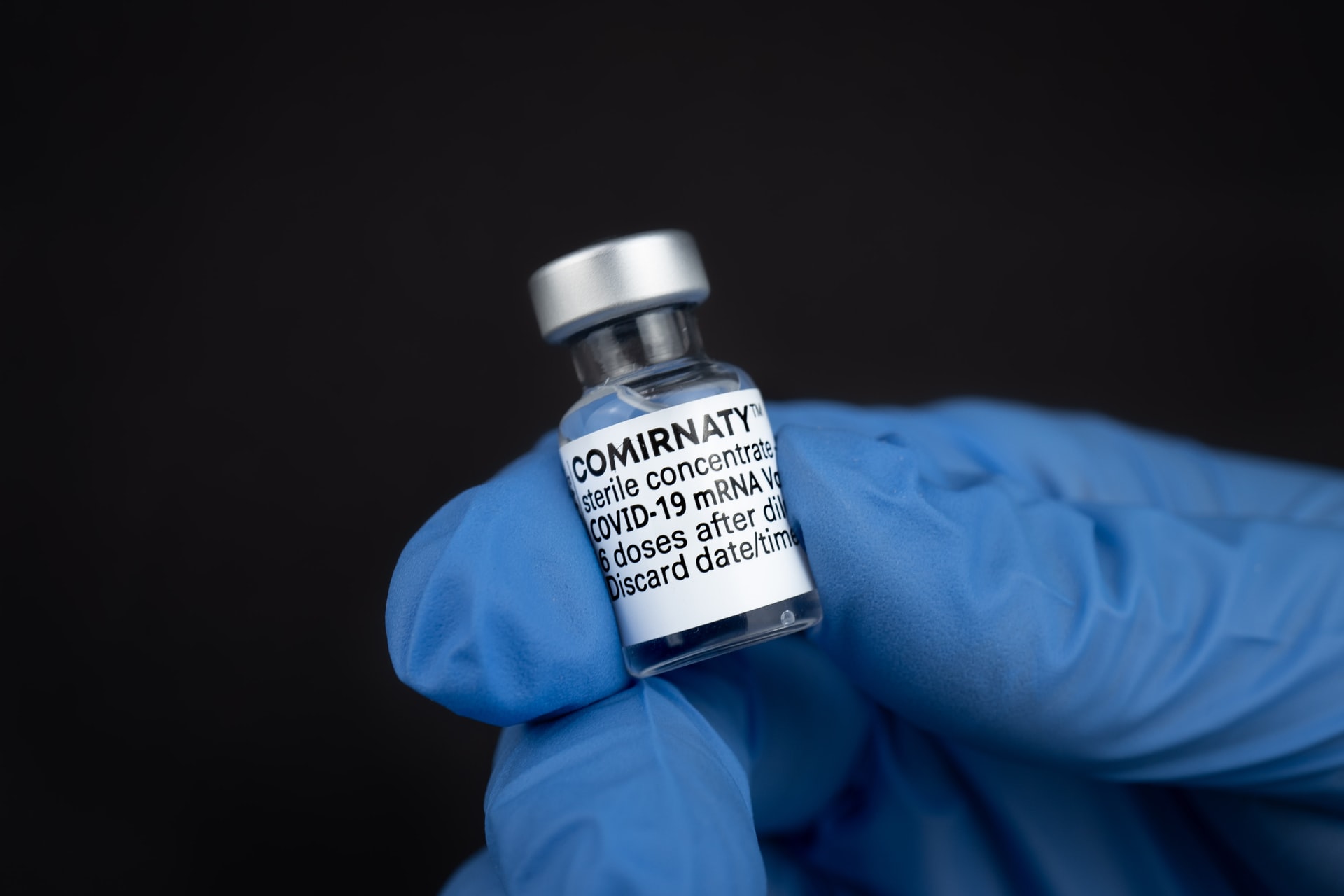On August 23, 2021, 17 of the 22 members on the Vaccines and Related Biological Products Advisory Committee (VRBPAC) voted “Yes” in favor of the FDA’s approval of Pfizer’s mRNA COVID-19 vaccine, proprietary name: Comirnaty. [1] Eight days later, the director of the FDA’s Office of Vaccines Research and Review (OVRR), Dr. Marion Gruber announced she was leaving the agency. Her deputy director, Dr. Philip Krause submitted his notice at the same time. [2]
VRBPAC was put up to the task of voting in favor of or against the FDA’s approval of Comirnaty for all US citizenships age 16 and older. The FDA’s seal of approval was a golden touch that many Americans mistook for sincerity, ethical principle, and/or best interests of the people. The vote of approval was based off of factors relating to safety and efficiency of the vaccine submitted by the applicant, Pfizer. [3]
Pfizer included two clinical studies. The first one titled, C4591001 focuses on the efficiency of the vaccine against COVID-19 infection and hospitalization. The study follows individuals post-vaccination (and post-placebo) from July 27 – November 14, 2020:
Study C4591001 is an ongoing, randomized, placebo-controlled, observer-blind Phase 1/2/3 study being conducted in the U.S., Argentina, Brazil, Germany, South Africa and Turkey. Initially the study was designed as a Phase 1/2 study in healthy adults in the U.S. for vaccine candidate and dosage selection, as well as evaluation of immunogenicity and preliminary efficacy. The protocol was expanded to include a Phase 2/3 portion of the study to evaluate clinical disease efficacy endpoint in individuals 12 years of age and older in the U.S. and additional sites outside of the U.S.
Study BNT162-01 focused on safety and immunogenicity of the mRNA vaccine:
Study BNT162-01 is an ongoing Phase 1/2, open-label, dose-finding study to evaluate the safety and immunogenicity of several candidate vaccines, including BNT162b2 (1, 3, 10, 20, and 30 μg), conducted in Germany in healthy and immunocompromised adults. Only safety and immunogenicity data in individuals 16 years of age and older, the population for the intended use and who received the final vaccine formulation (30 μg BNT162b2) are used to support this application. The 30 μg dosage of BNT162b2 was administered to 12 adults 18 to 55 years of age and 12 adults 56 to 85 years of age.
The second study’s conclusion is much shorter than that of the previous study, satisfying safety on very minimal identifiers:
Safety: The safety profiles for adult participants 18-55 and 56-85 years of age receiving 30 μg BNT162b2 in this study were similar to age-matched participants in study C4591001.
The safety profiles in the prior study included what Pfizer deemed as adverse reactions and COVID-19 incidents post-jab, with most details left excluded.
The remainder of the approval summary includes other points of safety, bringing to light topics of myocarditis, pericarditis, and anaphylaxis. In the first portion of Section 7. Safety and Pharmacovigilance the summary mentions in passing that the participants that received the Comirnaty shot saw a 20% higher overall mortality rate than the placebo candidates:
From Dose 1 through the March 13, 2021 data cutoff date, there were a total of 38 deaths, 21 in the COMIRNATY group and 17 in the placebo group.
To reiterate: From July 27, 2020 – March, 2021 in total, all deaths–including from COVID–were 20% higher in those vaccinated with Pfizer’s Comirnaty versus those unvaccinated and given a placebo.
Statistics 101 teaches us this no-brainer risk:reward ratio is not worth it. Keep it mind, this was when COVID-19 alpha was at play, during the most dangerous cycle. The less deadly Delta reared next, and the current Omicron headcold followed after that. Also keep in mind that additional shots (boosters) of Comirnaty are now being highly advised, so we have yet an increased risk with each additional shot, which would in any logical hypothesis would mean an even higher risk for an even lesser reward against the variants.
You can find the locally archived summary here:
